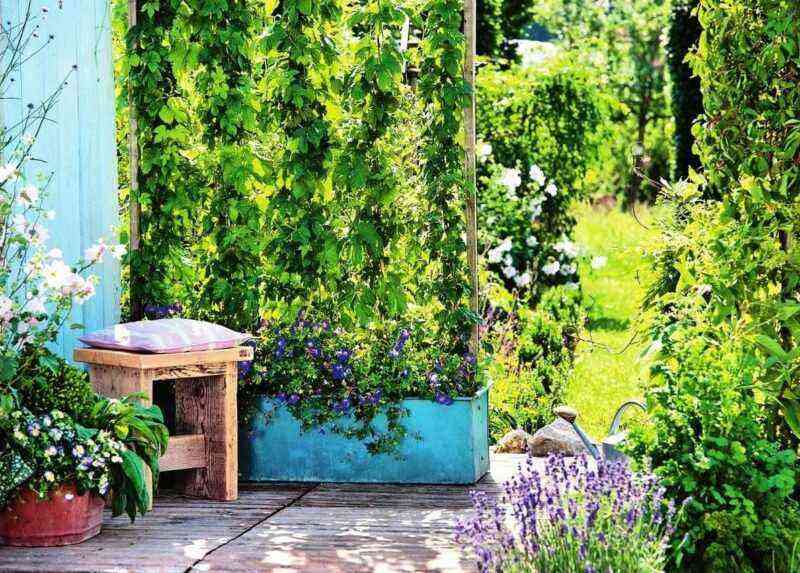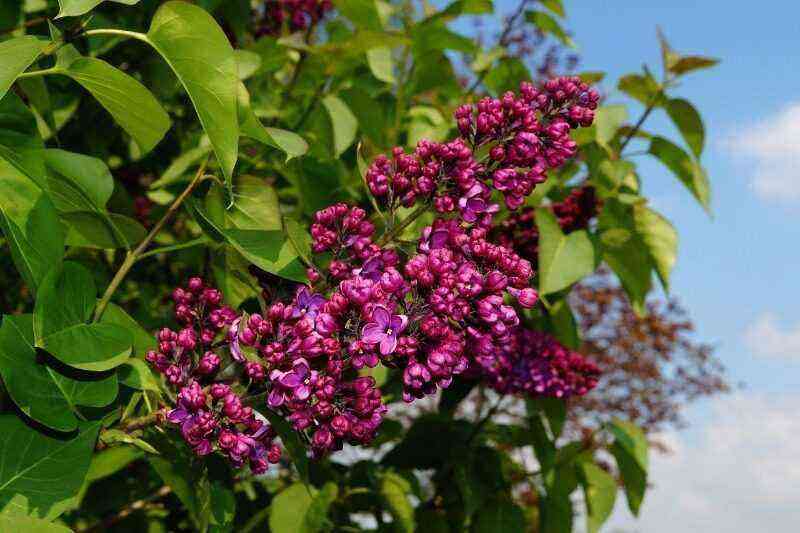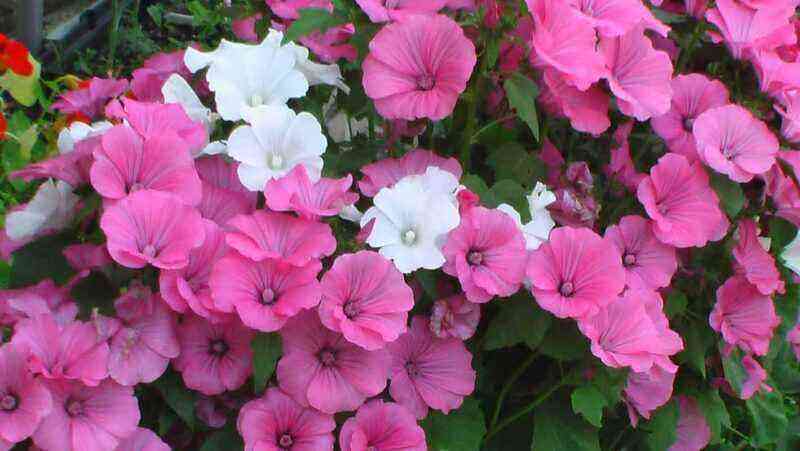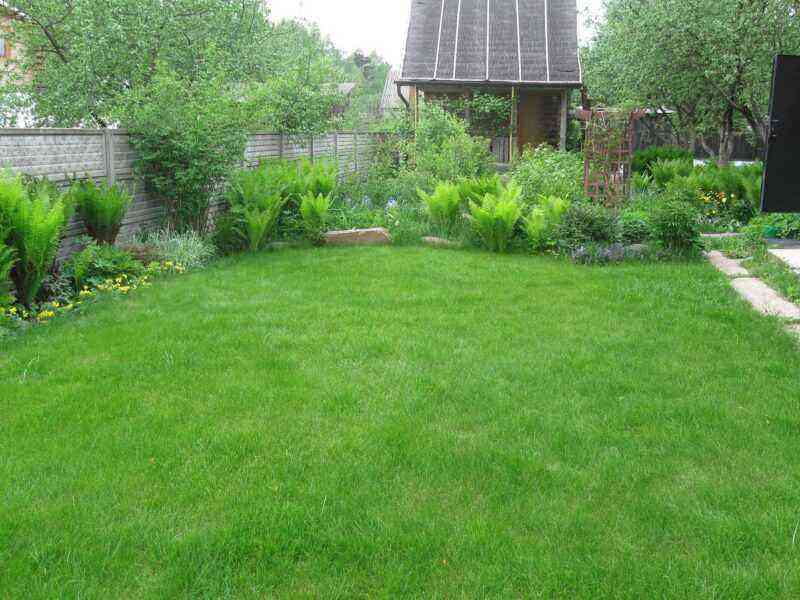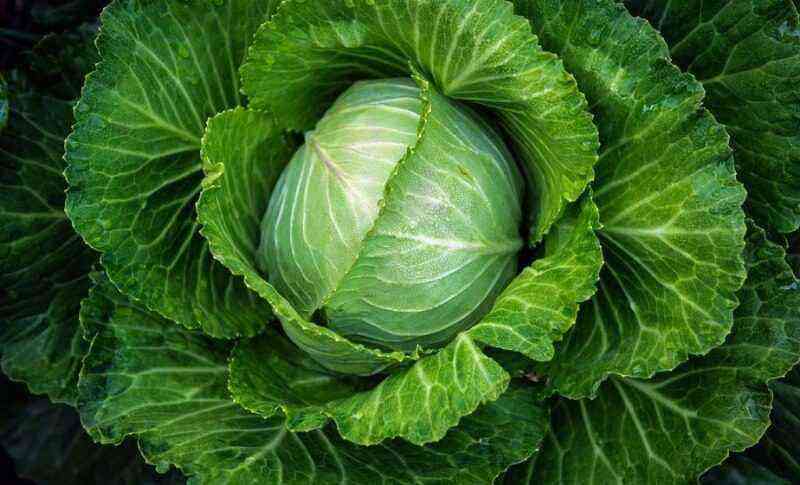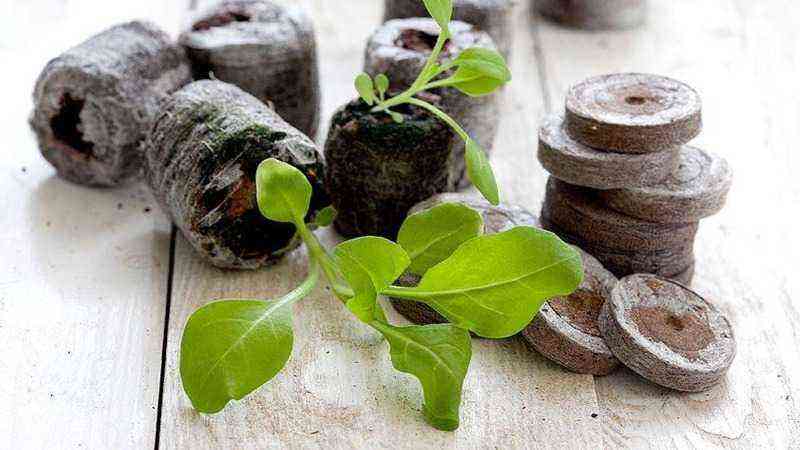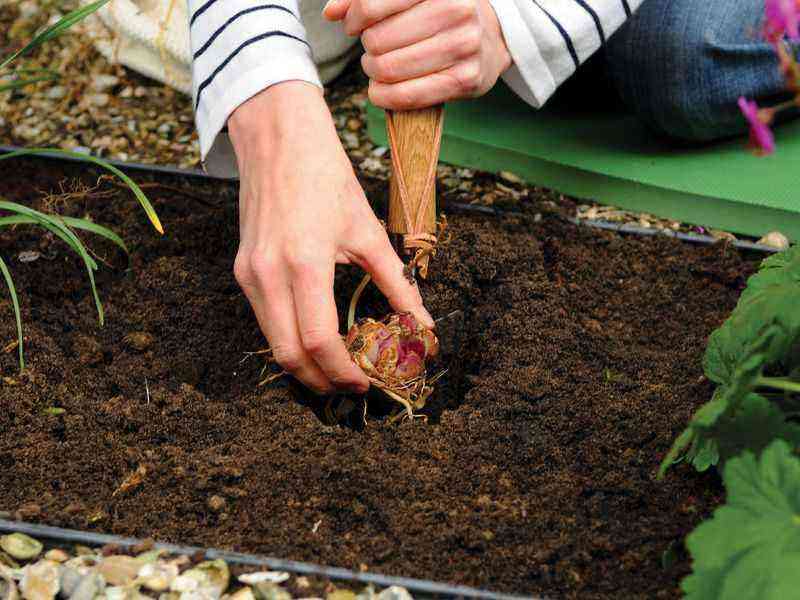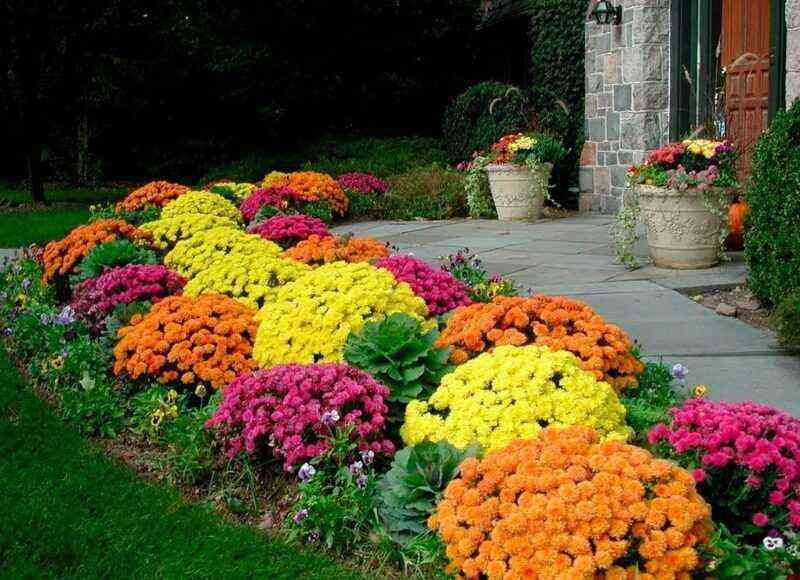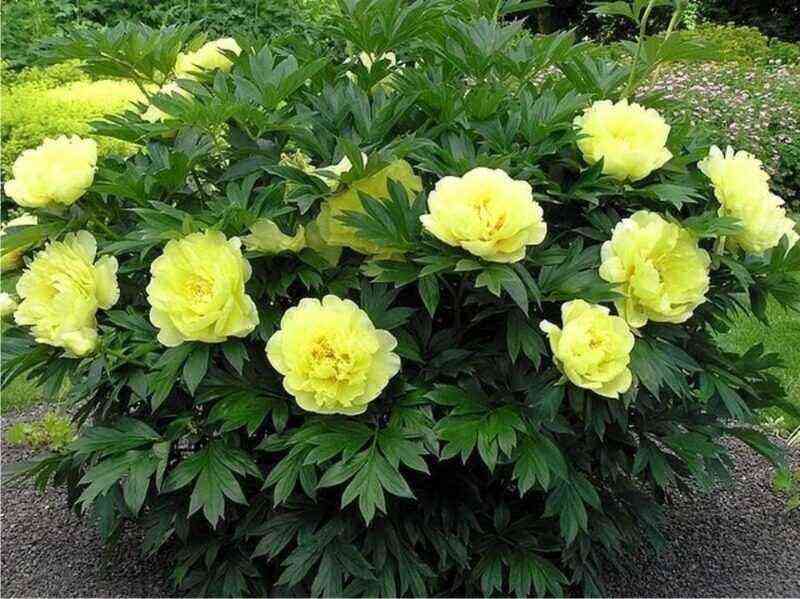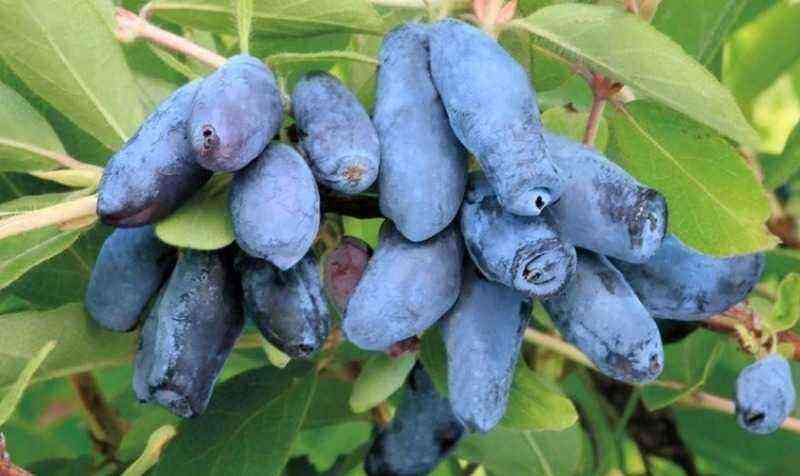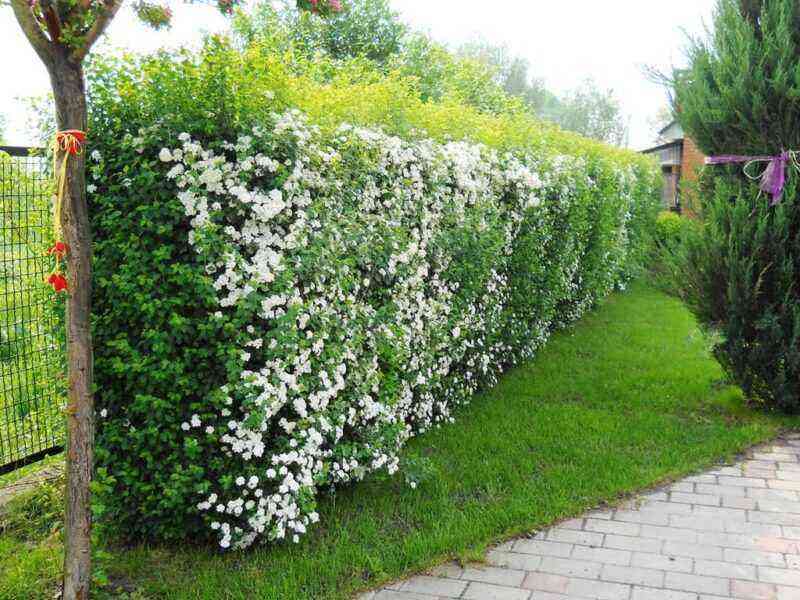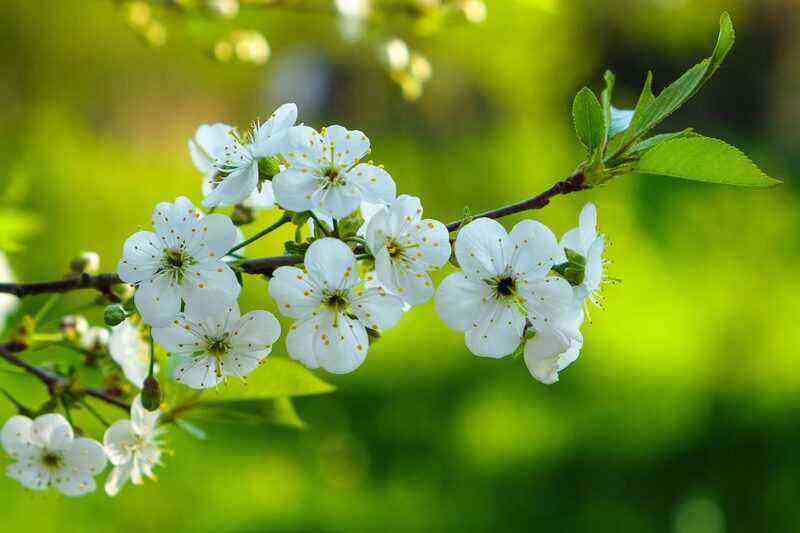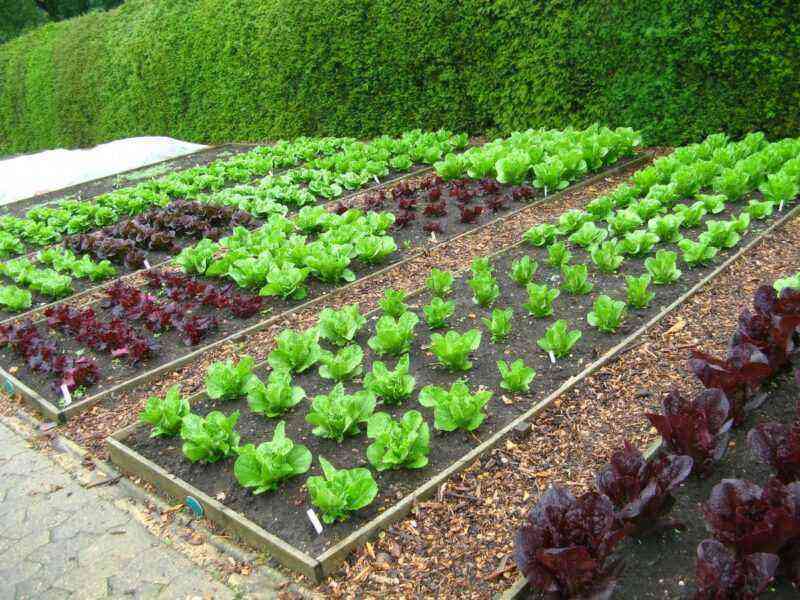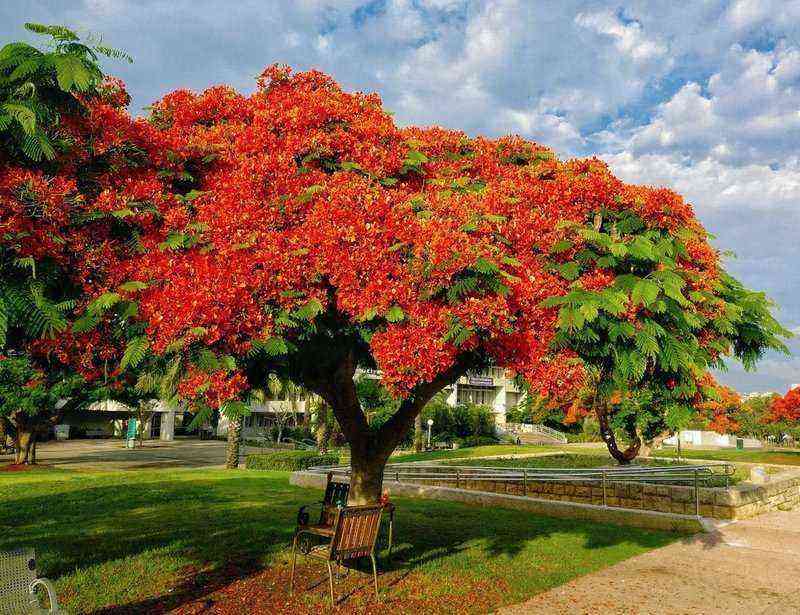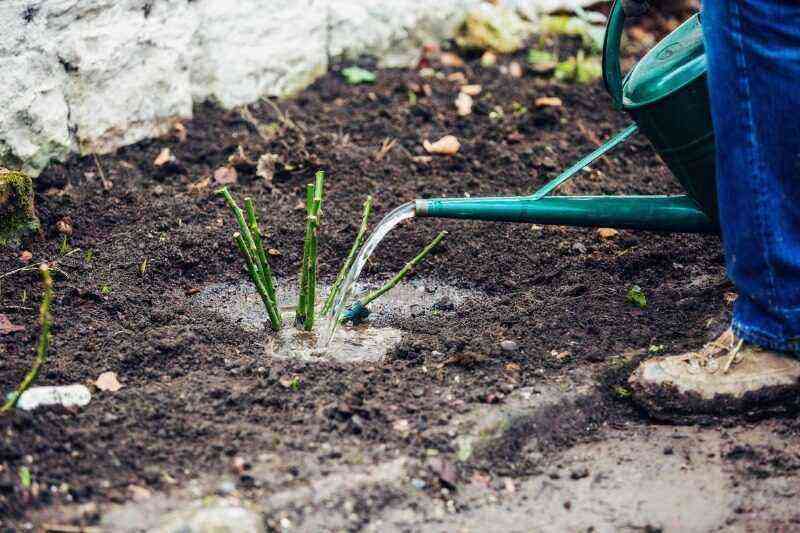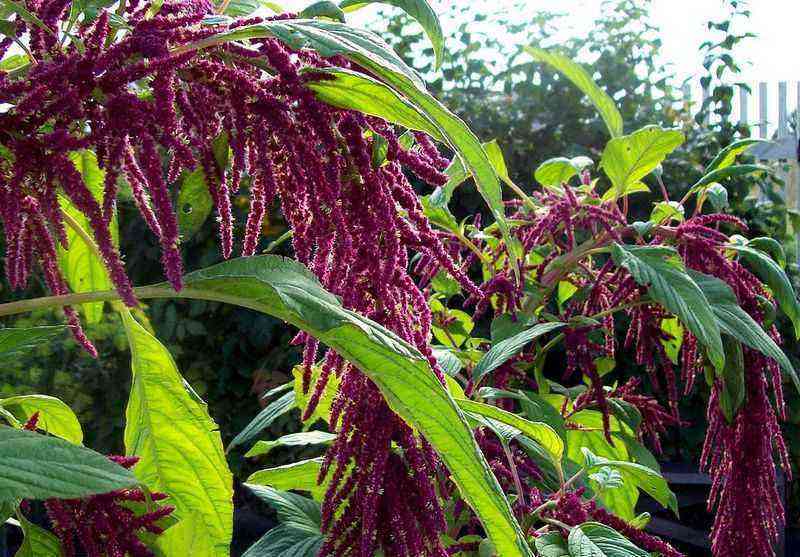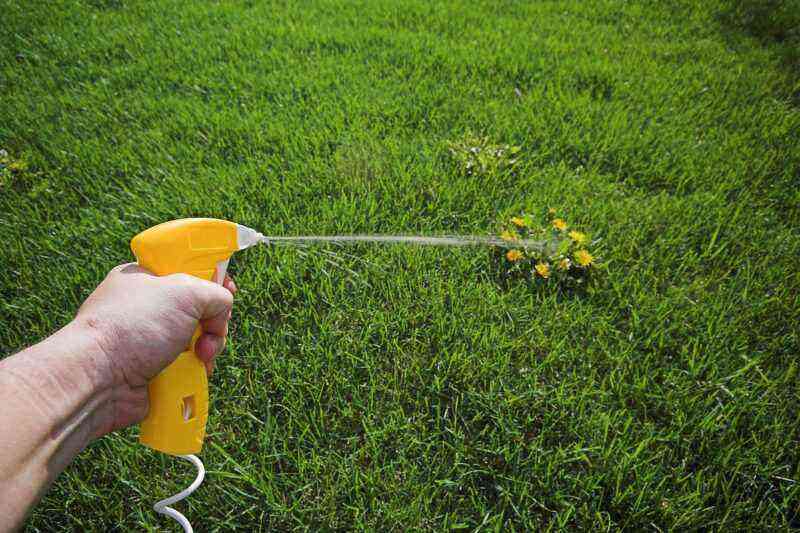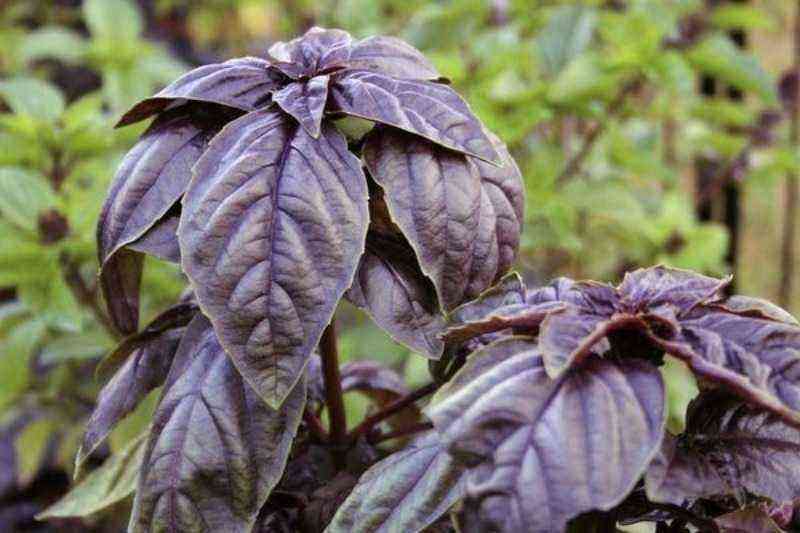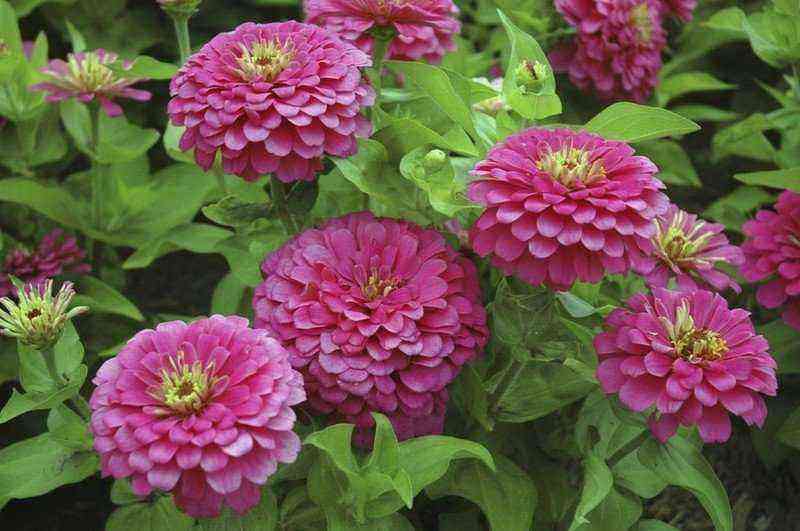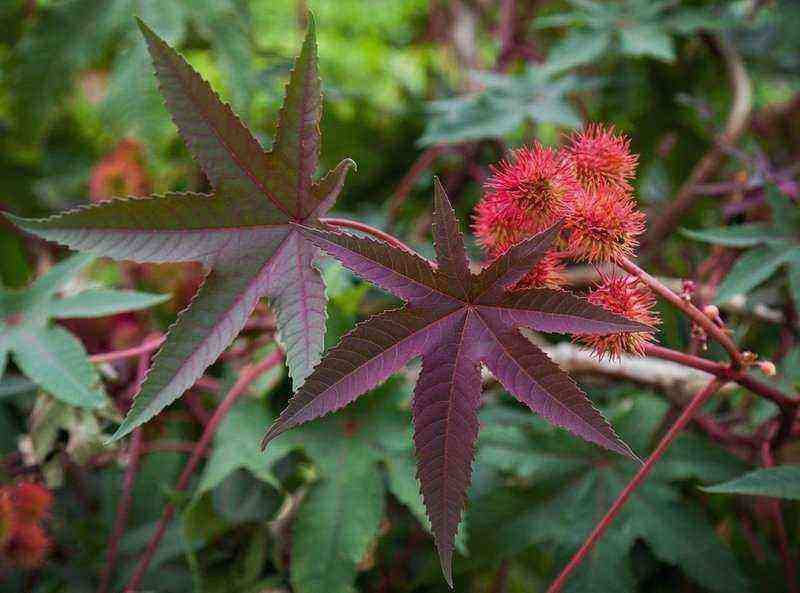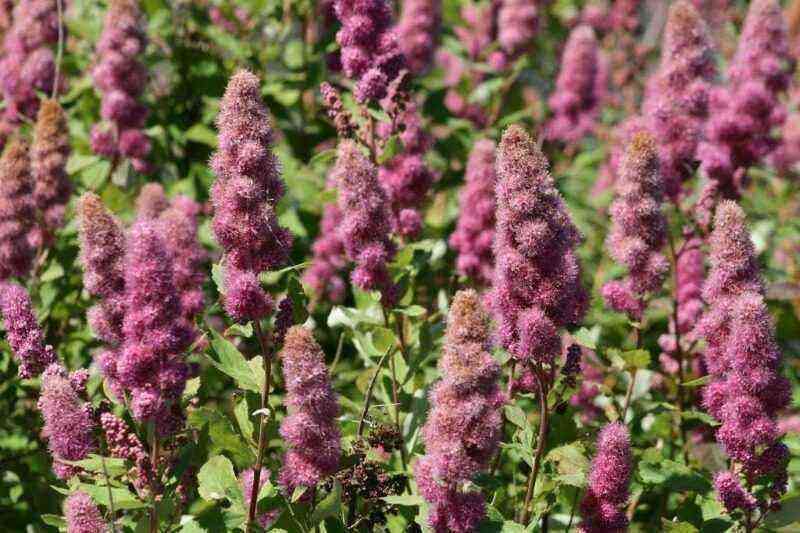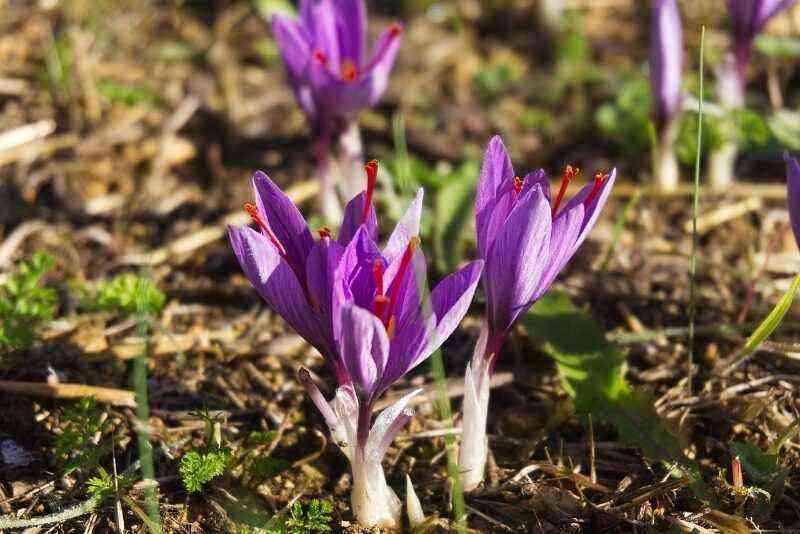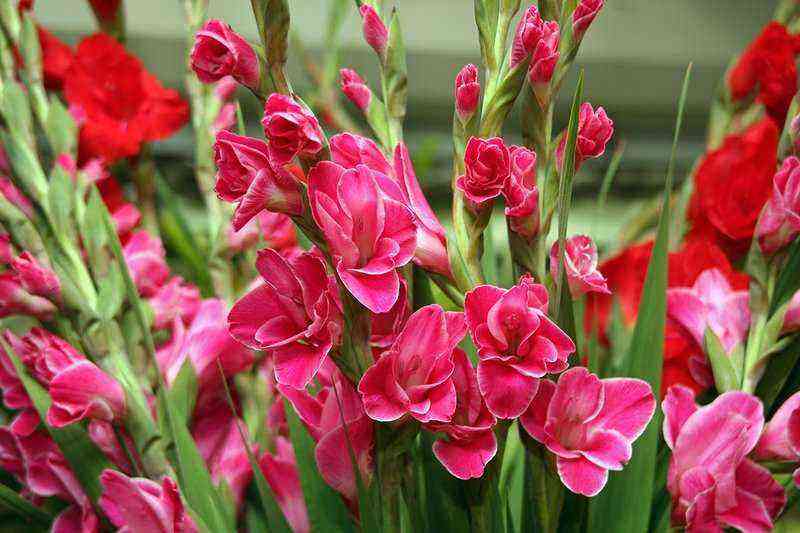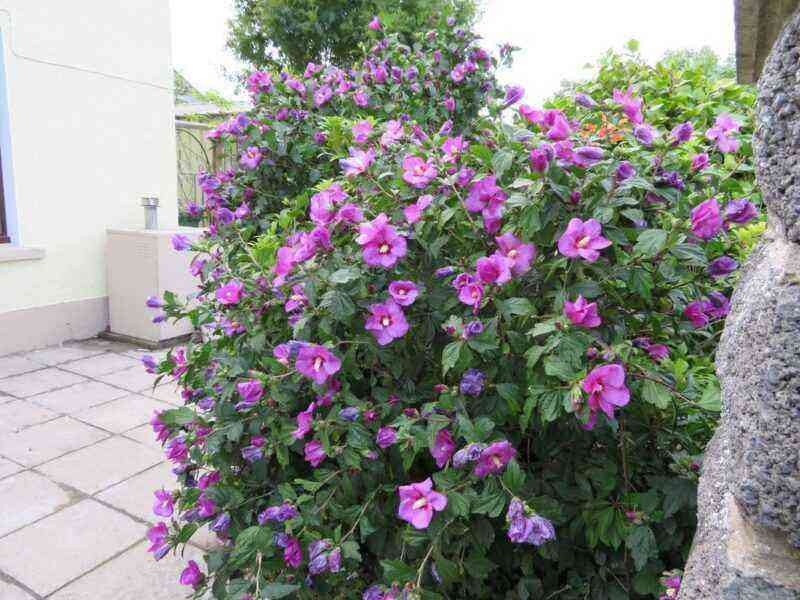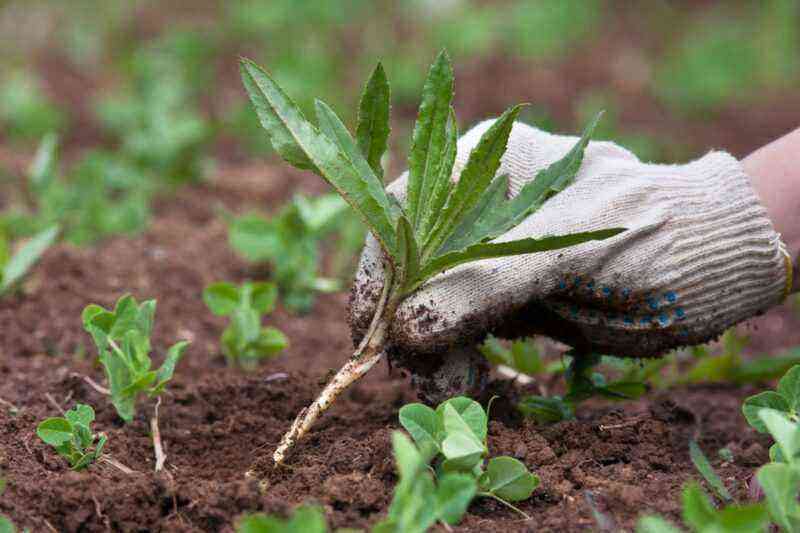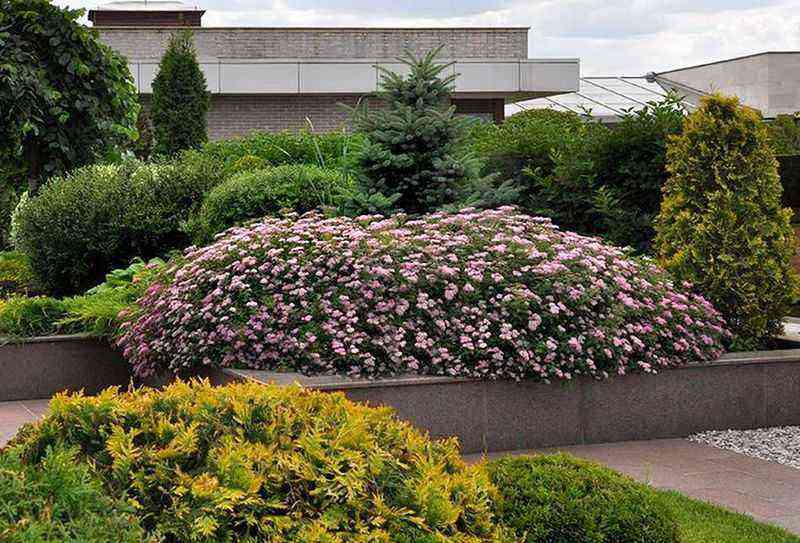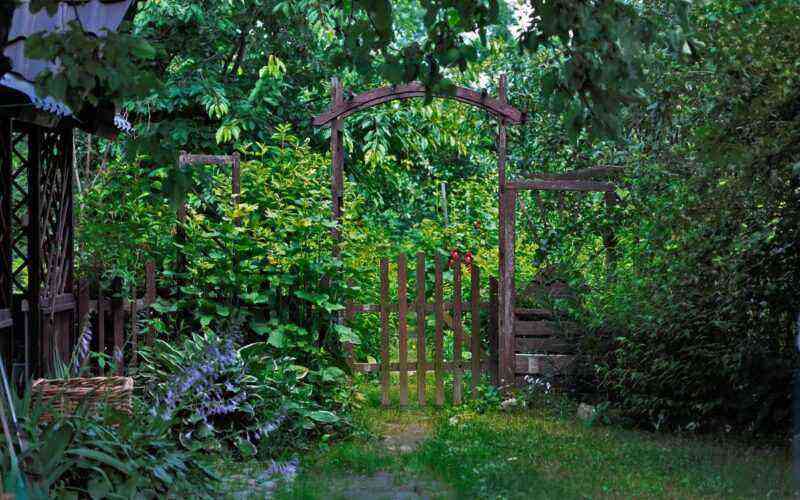In North Africa and Spain in the XNUMXth-XNUMXth centuries, the Moors and Arabs formed their own states, whose rulers erected luxurious palaces. Parks and gardens laid out around them combined elements of cultures of different peoples. It is believed that through the efforts of the Slavs who penetrated into Spain through Constantinople from the Crimea, and in the XNUMXth century, widely represented in the military class, a Moorish lawn was created. That is why it looks like a blooming field meadow in Russia. Greenery with the inclusion of variegated herbs, consisting of simple wildflowers, was dear to the hearts of the Slavs who missed their homeland.

Moorish lawns have recently become fashionable again
Today, the Moorish meadow, a little forgotten over the years, is again at the peak of its popularity. It has become more often used in landscape design. And we have the opportunity to admire and enjoy its natural beauty.
The mixture used to create a Moorish lawn contains wildflower and grass seeds. In order for the blooming lawn to please from spring to autumn, plants of different flowering periods should be combined. The choice of specific colors can only be limited by the personal preferences of the garden owner.

The Moorish Meadow Blend contains grass seeds and a variety of flowers
The composition of the Moorish lawn more often than other colors include:
Eastern poppy. The bright red and moderately large flowers of the oriental poppy invariably attract attention. It is a perennial plant that blooms during the last 2 weeks of May. Poppy pods contain seeds and provide self-seeding.

Bright poppy – a real decoration of the meadow in the Moorish style
Field cornflower. The dazzling blue inflorescences of this plant are familiar and loved by us since childhood. Cornflowers bloom from the end of June and continues until the end of August. Both annual and perennial species of cornflowers can be found. The plant can be easily renewed with seeds.

Since childhood, the familiar and beloved field cornflower evokes nostalgic thoughts about his native country.
Meadow chamomile. This plant is a traditional perennial, without which the Russian meadow looks unfinished. Chamomile looks great with bells and cornflowers. Chamomile height is up to 90 cm, so group planting is especially attractive. Chamomile bloom begins in March, April, and can continue until October.
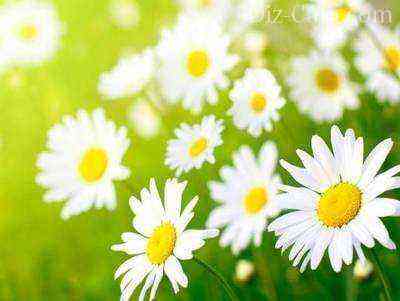
Meadow chamomile is a perennial traditional for Russia
Echinacea. The medicinal plant echinacea is perennial and looks great when planted in groups. Echinacea, even when cut, retains its attractive appearance for a long time and is a real decoration of the interior. Echinacea inflorescences can have a pale pink color, reaching deep red. Echinacea blooms can begin in May-June. The flower can provoke allergic reactions.
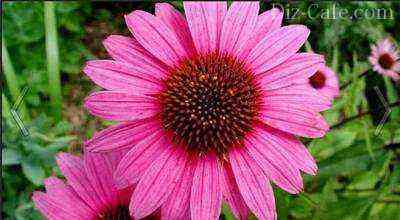
Echinacea is usually used in a group landing.
Large-flowered flax. The fact that this plant is an annual cannot detract from its beauty. Linen is often used for making bouquets. The plant can be not only sky-blue, but also red and even white-red colors. Inflorescences reach up to 3 centimeters in diameter.
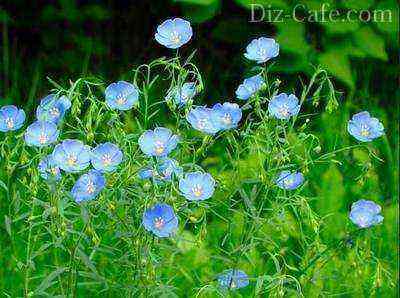
Linen can be not only a delicate heavenly color, but also purple, and even white with a red core
Nemesia. The genus of this plant unites more than 50 species of annual and perennial plants. Bright, festive, unpretentious nemesia blooms from the very beginning of summer until late autumn. Loving light and resistant to cold, nemesia decorates the lawn with yellow, white, red and even purple flowers.
Also, an alternative to the classic lawn can be an unpretentious lawn made of bryozoan styloid. Read about this:
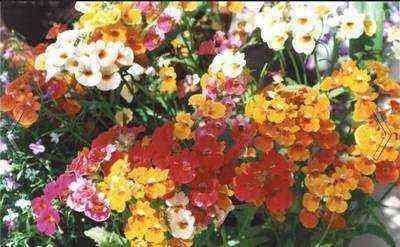
Photophilous and cold-resistant nemesia blooms all summer until late autumn
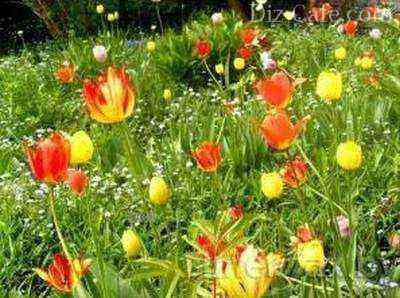
Bulbous plants go well in a Moorish lawn with other flowers and herbs
Most of the flowers that make up the Moorish lawn are honey plants. Bright and fragrant inflorescences attract not only butterflies, but also bees. We must be ready for this. Bulbous species can also be included in the composition of lawn flowers, which bloom together in the spring. Crocuses, tulips and daffodils go well with grasses.
Among the grasses themselves, preference can be given to meadow bluegrass, black bent grass, meadow timothy and pasture ryegrass. The ratio of herbs to flowers should be in favor of cereals. You can stay at 80:20, but sometimes 95: 5 is limited. It must be remembered that the proportions of annuals and perennials must be adjusted in time.
You can learn how to grow a bluegrass lawn from the material:
It is not so difficult to create a Moorish lawn with your own hands. This does not require a lot of money and backbreaking work. The Moorish lawn is bright and variegated. This is probably why they should not occupy large spaces. It looks great on a small area, like a clearing flooded with sunlight. This can be a gap between trees, an area that contrasts with a regular lawn, or a space along the border of the territory.

A Moorish meadow does not need a lot of space: along the fence, or between the trees, it will look good
Soil preparation
After the territory for the lawn has been determined, it must be freed from weeds and carefully dug up. It is better to do this in the fall. Digging should be done 15-25 centimeters deep.
In the same period, it is better to apply fertilizers. The surface of the soil is covered with manure by five centimeters, after which it is dug up to 30-40 cm. The soil can be crushed or even rolled, using a cylindrical container filled with water for this purpose.
The material on how to care for the soil in the country will also be useful:
Sowing seeds and planting bulbous plants
Sowing seeds can be done two weeks after soil preparation, but it is better to do this in the spring. In the period from April to June, depending on the climatic conditions of the area, we start work.

Seeds should be applied to moistened soil, with manual sowing, the rate should be increased by 10%
For planting a lawn, you can take ready-made mixtures, which are often sold in stores. You can also make the desired mixture yourself by purchasing separately the seeds of cereal grasses and flowers. Mixing of seeds is allowed, then the lawn will look more or less evenly colored. If you first sow cereals, and then flowering plants, then the flowers form a kind of islands, which also looks attractive.
Before planting seeds, the soil must be watered. The seeds are deepened into moderately moist soil by 3-5 mm. A square meter of the area for sowing requires at least 50 grams of seeds or 5 kg per hundred square meters. If it is planned to plant bulbous plants, then priority in the order of planting should be given to large plants, and small plants should be placed in groups of about a dozen or a little more. It is bulbous that empty spaces after annuals can be filled.
You can learn how to choose the best perennial bulbous flowers from the material:
So that the seedlings are friendly and uniform, the soil can be covered with non-woven material. The first sprouts can be expected in a week or two.
For the Moorish lawn, despite all its naturalness, care is needed. It also needs to be watered on time and weeds should not be allowed to appear on it. Special attention should be paid to the timely mowing of the meadow.
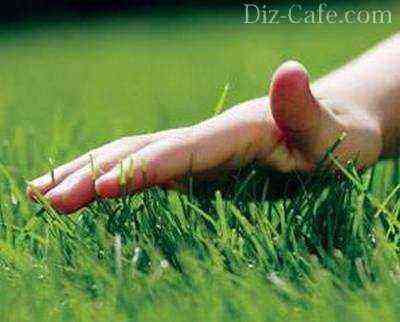
The first mowing of the lawn is carried out at the emergence of seedlings of cereals, while the flowers have not yet sprouted
While the lawn is not yet settled, clear mowing rules must be applied to it. When the grasses have already risen, and the flowers have not yet appeared, the first mowing of the lawn should take place. This is done so that the grass does not drown out the growth of flowers. They must go into effect. Throughout the summer, the lawn will grow and bloom just like its natural counterparts. But with the onset of autumn, when the seeding occurred, the lawn needs to be mowed again. This happens around September-October. From the soil surface, the mowing height should not be lower than 8 cm and higher than 12.
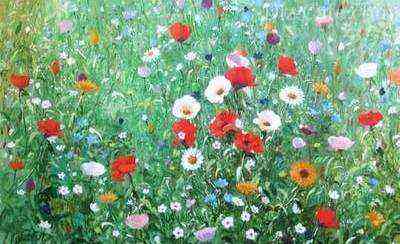
A little unkempt gives the meadow a special charm.
In subsequent years, the mowing periods are determined by the owner of the meadow. The principle is the same: you need to give the plants the opportunity to shed their seeds before they are cut. It should keep the resemblance to a natural lawn, and a little unkempt, if it looks natural, will never want to be destroyed.
